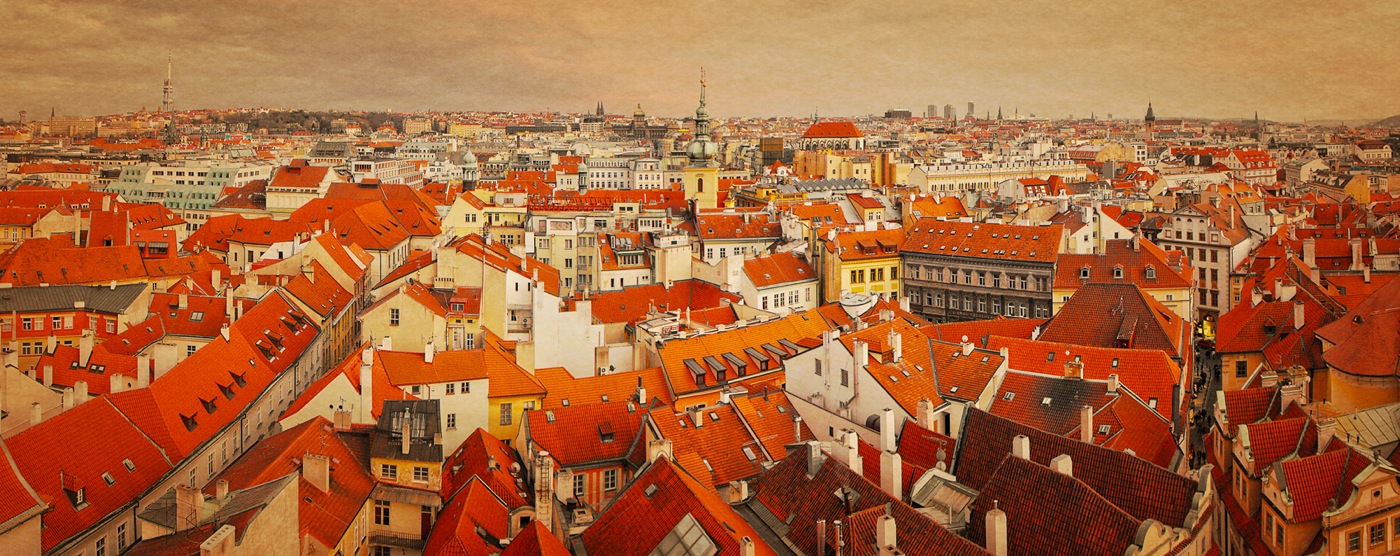I first went to Prague ages ago, in 1977, motivated by a desire to see the birthplace of the first serious writers whose work meant the world to me as a young adult. Although Franz Kafka and Rainer Maria Rilke never wrote explicitly about Prague, the city’s literal darkness, Gothic and medieval architecture, secret alleys, Jewish quarter, Old Town Square, King Charles Bridge, Mala Strana (lower town), St. Vitus Cathedral, and the forbidding castle, all these things helped to shape their imaginative lives and art.
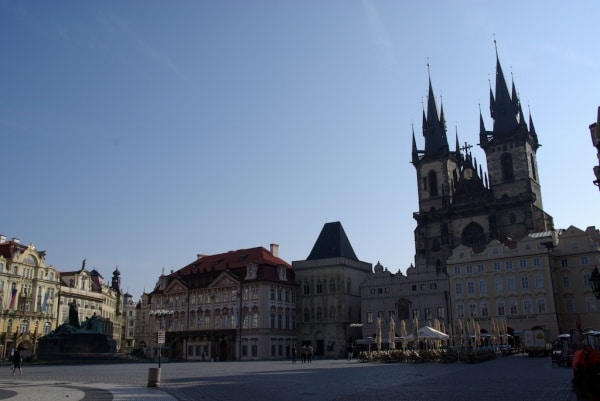
On subsequent trips in 1979 and 1986, I explored Prague’s streets, synagogues, and cathedrals. Between sightseeing, I hunted for food. Before the Communist government was overthrown in 1989, the city’s restaurants were extremely inexpensive, which was attractive for a student, of course. But whatever the price, the food was impossible to find much of the time. I went into restaurants and beer halls and was handed a menu only to find that little or nothing listed was available. There was plenty to drink—pints of Pilsener Urquell, a lager, served on tap for under a dollar. But other than sausages, bread, and eggs, the food on most menus was wishful thinking.
It’s a different story nowadays. Since the Velvet Revolution in 1989 that toppled the Communists, Prague has evolved from a dark, repressive city of beer and sausages to a boisterous, world class destination where some of the best food in Europe can be enjoyed within a range of prices.
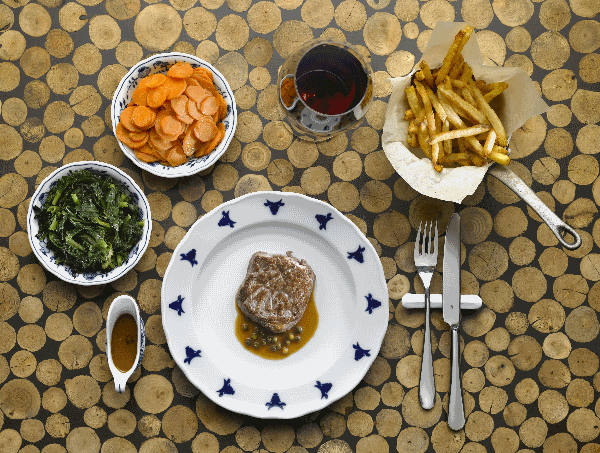
After an absence of twenty-seven years, I returned for my fourth visit and discovered a city transformed by prosperity. On previous occasions, the facades of the beautiful buildings were blackened by pollution and shop windows showed mannequins wearing drab fashions from the 1950s. Streets were empty. Faces were dour. I saw men in faded suits on trams carrying briefcases that held nothing more than a newspaper. Grocery stores stocked cans and jars of pickles and jams. No longer.
Fast forward to 2013: Old Town Square is thronged with jostling crowds seemingly from every corner of the earth. Lining the square are outdoor cafes, little booths where ham is sold from rotisseries and the poshest brand name stores like Prada and Jimmy Choo vying for more space. Buildings are painted an array of pastels. The Jewish Quarter is jammed with the curious who want to eye the synagogues and graveyard of a once thriving community that now serves only as a museum for the murdered and exiled. The King Charles Bridge might as well be a Disney attraction as tourists snap one picture after another while Czech bands play Dixieland. High above the city are the towering giant beasts, the cathedral and the castle, where people line-up to view exquisite stained glass windows, courtyards, and treasures from the past.
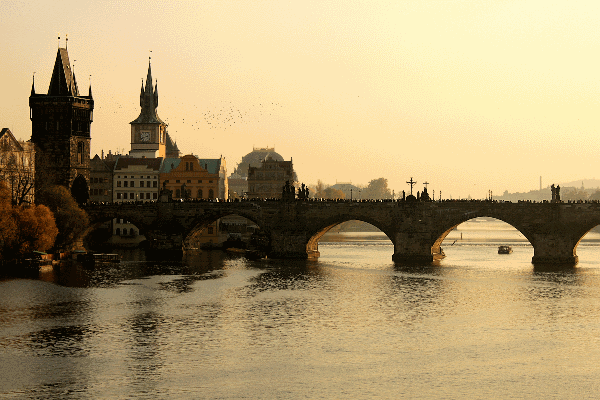
And the food, the glorious food! Czech cuisine can be heavy—winters are long and brutal, the roots of the citizens are deeply agrarian and pork, potatoes, cabbage, and offal have been emphasized. I love this heartiness, comfort food at its best, but now, in addition to premier establishments where you can be transported to farms of the past, Prague has several restaurants that are all about refinement.
The city’s best restaurant is La Degustation Boheme Bourgeoise, which has one Michelin star (the only other Michelin starred restaurant, also with one, is inside the Radisson Blu Hotel Alcron, and it’s lovely but somewhat staid in decor and menu). Located on a tiny street in the Old Town, La Degustation Boheme Bourgeoise is serving minimalist food with a deep concentration of flavors. It’s like Momofuko Ko or The French Laundry channeled through central Europe. The restaurant serves two tasting menus, one with six courses and one with eleven courses.
In two rooms with recessed lighting and an open kitchen, Chef Oldřich Sahajdák is riffing on classics, using a light touch with seasonal menus whose dishes defy their simple descriptions: “smoked trout, cucumber, dill, horseradish,” “Hostin white asparagus, rhubarb,” and “calf sweetbreads, garlic, cépes and chanterelles,” for example. Plated like works of art and paired with beautiful Czech wines, his tasting menus establish the standard for the city.
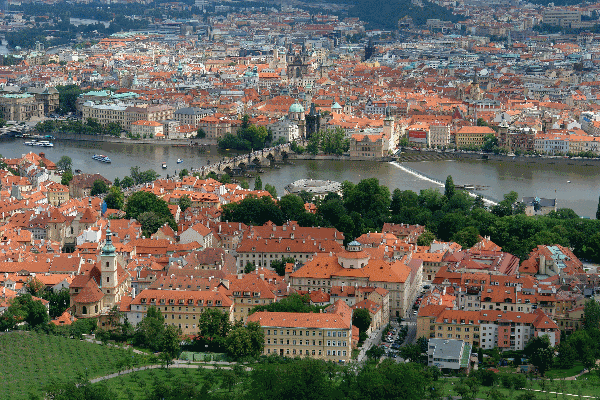
At about $375 per couple (which includes tax, wine and tip) for the six course menu, La Degustation Boheme Bourgeoise is also about as pricey as Prague gets, and it’s definitely a worthwhile treat with good value but the city has several other great establishments that cost far less.
I loved Lokal so much that within a week I went back four times. This is the pinnacle of Czech pub dining. There are several locations in the city but my favorite was on the Mala Strana side just below the castle beside the VltavaRiver. The Pilsener here is better than most pours since the casks are tapped and the mugs poured with greater alacrity and proximity (cask to glass) than most other places. You are handed a card when seated and the number of beers you drink is checked off as the evening progresses. The menu changes daily, but the emphasis is on refined, traditional Czech food so deeply satisfying that it’s mood elevating: Prague ham with creamy whipped horseradish, pickled knockwurst, spicy sausages and bread dumplings. The restaurant relies upon its own butcher and flavors are as fresh as can be. Dinner is about $30 per couple with about two large beers.

Another first rate example of traditional Czech food that benefits from restraint is the wonderful Olympia. Also located in Mala Strana, this ground floor restaurant has an array of refined pub dishes as well as fancier items like roast duck and a range of pates.
Olympia, like Lokal and other restaurants one rung below the top, is also about $30 per couple.
Right next door to Olympia you’ll find Cafe Savoy. Set up in an Art Deco room with brilliant, high ceilings, the food here attracts the elite of the city who come to wine and dine on great versions of veal schnitzel, steak tartar, and chicken soup with dumplings and so on. You may as well be in a bistro in Paris or Berlin. Stroll past the Porsches and BMW’s in the parking lot outside and enter a rhapsodic space where the food offers refinement. Dinner for two is about $40.
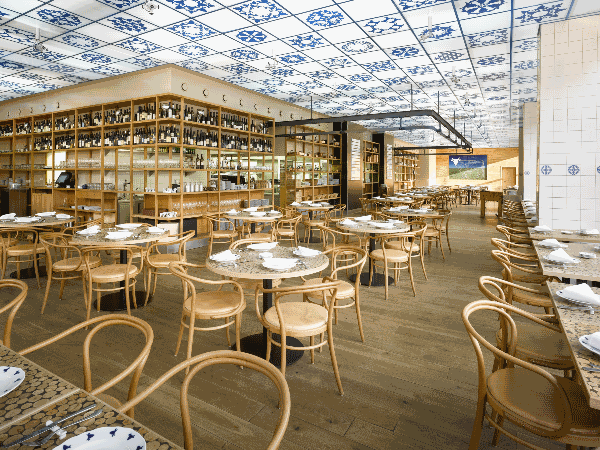
Prosperity is enabling chefs in Prague to use high-end ingredients to recreate dishes from the past with a delicacy of flavor and greater depth than before. In addition, new concepts are flourishing.
Čestr is a rare find, a Czech steak house serving grass fed beef with wonderful sides and salads, pints of draft beer and good, local wines. The setting is Nové Město, the so-called new town, and the crowd is a mix of young and not as young as they once were, all food cognoscenti who enjoy the flavor of good beef that is roasted, boiled, stewed, or grilled. Čestr is an abbreviation for a breed of Simmental cow, originally from Switzerland and bred in Austria, southern Germany, and the CzechRepublic for a beef that has richness but is low in fat. Dinner for two is about $50.
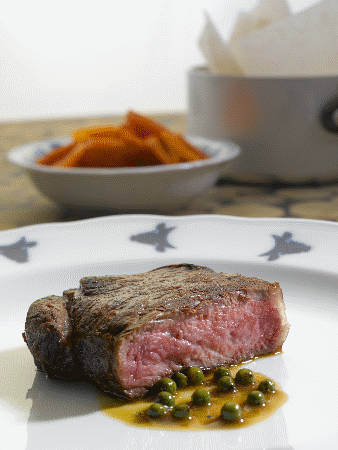
Another innovation is taking place with beer. Nothing against lager, but it does not have the hoppy, sweet, and bitter taste of the IPA’s found in recent years throughout the U.S. The European Union has restrictions on the way beer is produced so IPA’s are brewed in small batches and the best way to enjoy one is at Nota Bene. Nota Bene is a hole in the wall in a cellar on a dark back street in Nové Město and the bartender’s English is a challenge, but once you order a pivo (beer), you will taste wonders. The selection changes weekly and sometimes daily.
Wine bars like Vinograf and Veltlin offer a counterpoint to the beer culture. No country consumes more beer per capita than the Czech Republic, but this should not keep you from enjoying lovely wines from the region, especially the whites that are not cask aged, so you taste more grape than oak.
And now because Prague has had its status as a world class city restored, there’s no reason to limit yourself to Czech cuisine.
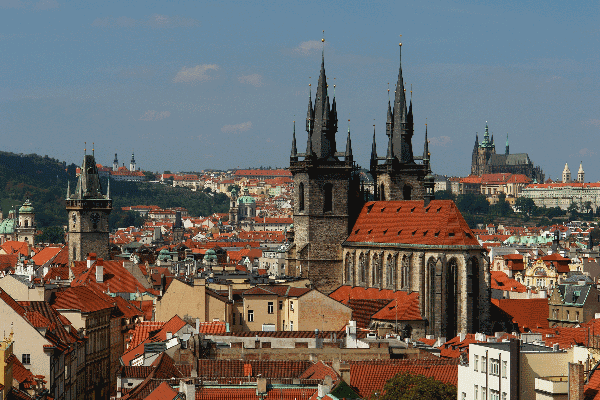
I went twice to Cotto Crudo, a first-rate Italian restaurant in The Four Seasons Hotel, to enjoy pasta dishes and delicious fresh fish. If you are lucky enough to be in Prague on a warm night, as I was, you can dine on the verandah with a perfect view of the castle on the hill opposite. Dinner is about $125 for two.
Or go to Sansho. Located in a residential neighborhood near the center of town, this quirky restaurant, manned by Englishman Paul Day, offers food that is a tribute to ingredients and techniques that owe as much to Thailand as they do to France. It’s not fusion but a marriage of tastes that comes to the table in a multi-course tasting menu. Dinner is about $100 for two.
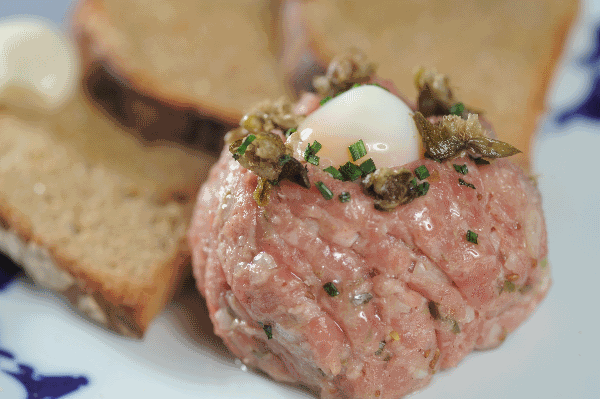
Prague knocked me out on my visit this year and proved to be far more than a museum that nurtured great writers. Nor was it trapped by the austerity of the Communist era when shortages, for those outside the Party, characterized the world of food. Nowadays, Prague is a complex celebration of flavors. I can’t wait to go back to see what its chefs are cooking up next.
https://travelsquire.com/ts/czech-republic/stories/
*For help with planning a trip to Prague, there’s no better tool than a DK Eyewitness Travel Guide.
[alert type=white]
The country code for the Czech Republic is 420.
Where to Stay:
Alchymist – Located on a quiet side street in Mala Strana beside a park, the river, and near top embassies (Japan, USA). Rooms, suites, a bar, a restaurant, and a spa. Quiet elegance with an Italian flair and lovely staff. Tržiště 19, Prague 1, CzechRepublic; 420-257-286-011; www.alchymisthotel.com
Where to Eat:
La Degustation Boheme Bourgeoise. The best meal I had in Prague, prepared by a chef to watch. Don’t be surprised if this restaurant winds up being named one of the world’s best. Haštalská 753/18; 420-222-311-234; www.ladegustation.cz/en/
Lokal – With several locations throughout the city, you cannot go wrong. Lokal elevates pub food to a pinnacle. www.lokal.ambi.cz/en/#skola
Olympia – A wonderful, old school setting that offers some of the most delicious food in town. Vítězná 7, Praha 1, Prague; 420 251 511 080
Cafe Savoy. Thoughtfully prepared food so good and priced so reasonably I’d be here twice a week if I lived in Prague. Vítězná 124/5, Prague; 420-257-311-562; http://cafesavoy.ambi.cz/cz/
Čestr. Delicious grass fed beef served every which way in an ultra modern setting. Legerova 75/57, Prague; 420-222-727-851; http://cestr.ambi.cz/cz/
Cotto Crudo. Mostly northern Italian cuisine with a great wine list and terrific pastas.
Veleslavinova 1098/2ª; 420 221 426 880; www.cottocrudo.cz
Sansho. Eclectic, memorable food served in a hipster setting that is rather Brooklynesque. Petrská 25, 110 00 Praha; 420 222 317 425; http://www.sansho.cz/en
What to Do:
Prague is a walking city and because its medieval outlay is still intact, distances are short and vistas are fascinating and often surprising. No day is better spent walking from one end of the city center to the other. Spend time in Mala Strana, too, which is away from the swarms of tourists that have now turned the OldTown into a theme park. Mala Strana has gorgeous, little streets, painted houses, and an international community accustomed to the best that life has on hand.
In the evening, the pubs and jazz clubs are spectacular. Time Out Prague has weekly listings.
[/alert]

